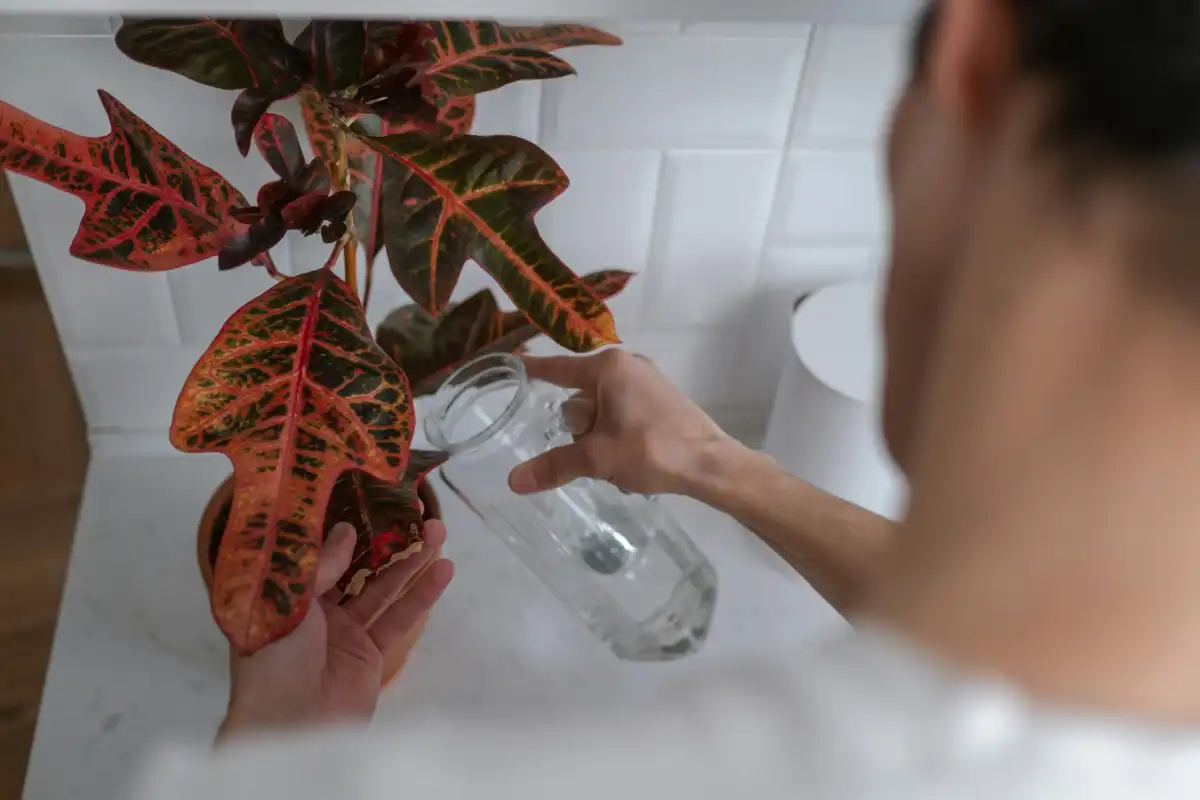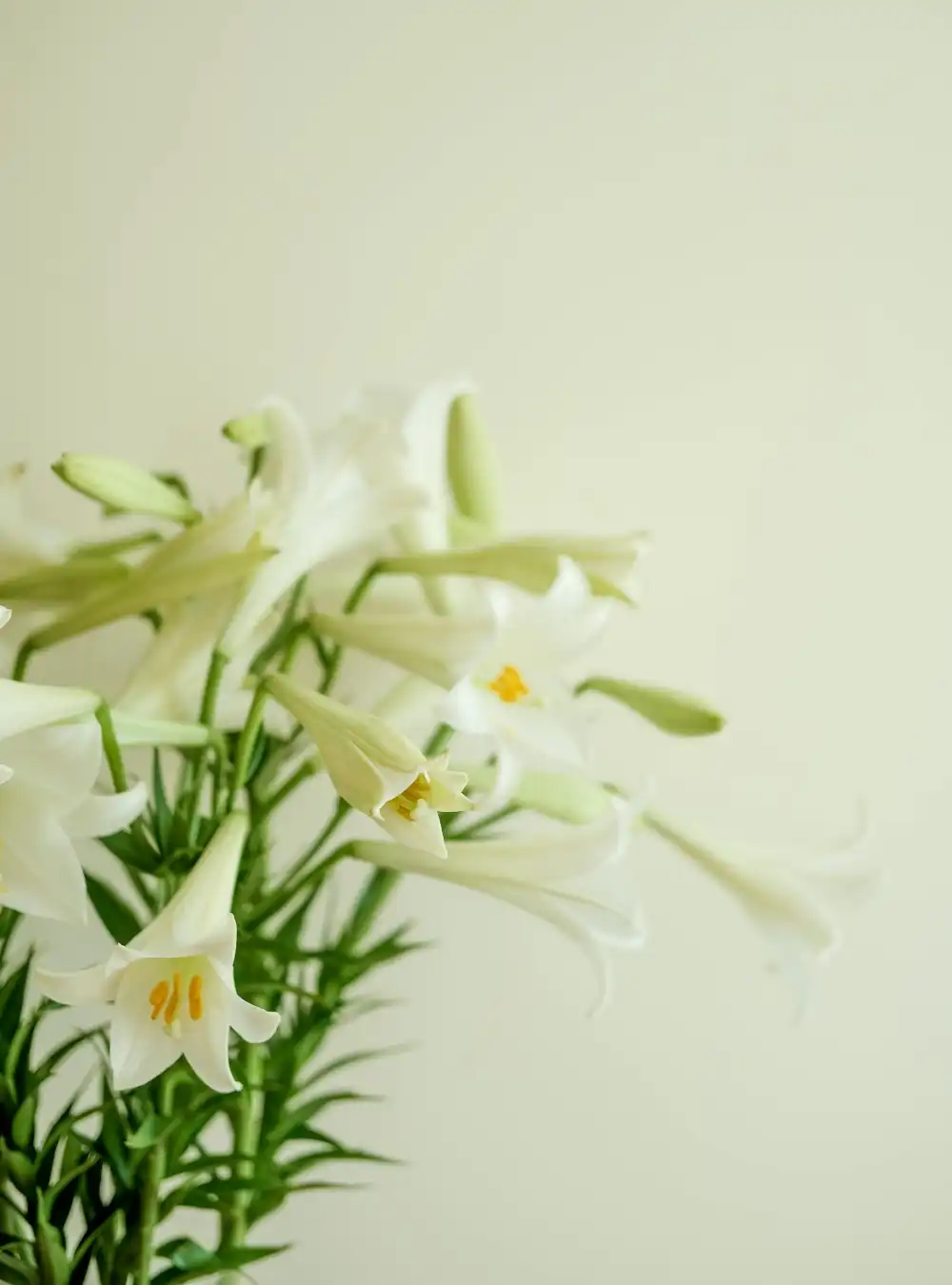Houseplants have an amazing way of making any home feel more vibrant and fresh. Most houseplants serve to enhance the atmosphere, improve the air quality, and provide a sense of calm, but not all plants are suitable for your home’s interior. Indeed, some of them may pose hidden risks to children or pets. Certain plants can also trigger allergies or require living conditions that are difficult for any but the most experienced plant owner to maintain.
Before you select a plant, it is essential to understand a particular plant’s drawbacks to ensure that it fits your lifestyle and environment. A more thoughtful plant selection will allow you to create a worry-free and hassle-free garden.

Always consider your own circumstances when choosing which houseplants for your living space. Not everyone’s home environment, lifestyle, and household partners are the same, so it makes sense that your houseplant choices might be different from those of your neighbor. For instance, a houseplant that is toxic for pets might be entirely suitable for people who do not own pets. You should follow your own best judgement in selecting houseplants.
Oleander

Oleander is an evergreen shrub with white, pink, or red flowers. It is popular as an outdoor plant because of its drought resistance, but it is also adaptable for indoor growth.
All parts of this plant, including the leaves, flowers, stem, and sap, contain toxic compounds, one called oleandrin. This can cause severe consequences if ingested in even small amounts. Symptoms of ingesting the plant include nausea, vomiting, abdominal pain, irregular heart rhythms, and in severe cases, cardiac arrest. Even handling the plant can cause skin irritation and rashes in people with sensitive skin. This houseplant should be avoided in homes with pets and/or children, and it should be handled by anyone with care.
Caladium

Caladium are tropical plants that have variegated, heart-shaped leaves in colors including green, pink, and red. Even though this plant is beloved for its graceful beauty, all parts of this plant contain calcium oxalate crystals, which can cause significant irritation if ingested. Eating this plant may cause a burning sensation in the mouth, throat, and gastrointestinal tract. Drooling, nausea, vomiting, and difficulty swallowing are other possible side effects. The large leaves can also be a choking hazard if swallowed.
These plants are best kept away from pets and small children who may be attracted to their colorful leaves.
Sago Palm

The sago palm is a popular houseplant because of its striking and ornamental palm-like appearance. However, this houseplant is highly toxic to animals and humans. All parts of this plant, especially the seeds, contain cycasin. Ingesting this toxin, in even small amounts, can result in vomiting, diarrhea, lethargy, and liver failure.
For pets, particularly dogs, the consequences of eating this plant are often fatal without immediate treatment. Signs that a pet has been poisoned by this plant include excessive thirst, bruising, and neurological signals, such as tremors or seizures. Given the high toxicity of this plant, it is best kept out of homes with small children and pets.
Easter Lilies/Day Lilies

Lilies, like Easter or day lilies, are popular during the spring season because of their attractive and fragrant blooms and their symbolism of rebirth and renewal. Unfortunately, these plants are extremely toxic for cats, with all parts of the plant posing a serious health risk. Ingesting a lily, even in small amounts, can cause liver failure in cats. Early symptoms of poisoning include drooling, vomiting, and lethargy, which can progress to more serious effects, such as dehydration and disorientation. This can potentially lead to fatal consequences if left untreated.
This plant is not toxic for dogs or humans, but it is best kept out of homes with cats as pets.
Peace Lily

Peace lilies are a popular houseplant because of their easy maintenance, glossy green leaves, and attractive white blooms. Despite their widespread use, these plants can pose a risk to humans and pets because of the calcium oxalate crystals in the leaves and flowers.
If peace lilies leaves or flowers are ingested, they can cause swelling of the mouth and throat, drooling, and difficulty swallowing. Even though this is rarely life-threatening, it can be distressing, especially for small pets, and require a costly vet visit. Because of its negative side effects, this plant works best in homes with older children and no pets.
Aloe Vera

Aloe vera is a popular houseplant for its fleshy leaves that contain a gel that is thought to be soothing for skin irritations. While the gel has medicinal benefits for humans, aloe vera plants can cause irritation to pets if they eat it.
Aloe vera plants have a compound called anthraquinones, which can have a laxative effect and cause vomiting, diarrhea, lethargy, and abdominal pain in pets. Humans should also avoid consuming aloe vera because consuming aloe latex can result in some of the same side effects, such as abdominal irritation and kidney problems with prolonged use. Topical use of aloe may also cause skin irritation in certain people. Because of the potential negative side effects, it is best to keep this plant out of reach of animals.
Pothos

Şeytan sarmaşığı kimi də tanınan Pothos, böyümə asanlığı və zərif arxa yarpaqları səbəbindən məşhur bir otaq bitkisidir. Pothos yarpaqları, digər otaq bitkiləri kimi, kalsium oksalat kristallarını ehtiva edir ki, bu da kiçik uşaqların və ev heyvanlarının sağlamlığına zərər verə bilər, lakin xüsusilə pişik və itlər üçün zərərlidir. Xüsusilə bu bitkinin istehlakı ağızda və boğazda qıcıqlanma və şişkinliyə səbəb ola bilər. Əgər ev heyvanınız bu bitkini yeyirsə, onların süzülməsini, qusduğunu və ya udmaqda çətinlik çəkdiyini görə bilərsiniz.
This plant’s prolific growth and trailing habit make it difficult to keep away from children and pets, but you should do your best to keep it out of reach.
Ağlayan Fig

Weeping figs are popular indoor trees thanks to their graceful, arching growth pattern and lush green foliage. These trees produce latex sap, which can cause allergic reactions, such as skin rashes and dermatitis. This is especially true for those who are allergic to latex.
Ağlayan əncir yarpaqları yeyildikdə, xüsusilə ev heyvanları üçün ürəkbulanma və qusma kimi problemlər yarada bilər. Zəhərli hesab edilməsələr də, ev heyvanınız yarpaq yeməyə meyllidirsə, ehtiyatlı olmalısınız. Əgər ev heyvanınızın ağlayan əncir yarpaqlarını yediyindən şübhələnirsinizsə, süzülmə və ya həzm çətinliyi kimi simptomları axtarın.
Eyforbiya

Euphorbia, məşhur poinsettia olan böyük bir bitki cinsidir. Euphorbias fərqli formaları və rəngli braktları ilə məşhurdur, lakin insan və heyvan sağlamlığına zərər verə biləcək südlü lateks şirəsi istehsal edir. Bu şirənin tərkibində səpgi, qaşınma və qızartı kimi dəri qıcıqlanmasına səbəb ola bilən birləşmələr var.
Heyvanlar və ya insanlar bu bitkiləri istehlak etdikdə ürəkbulanma, qusma və ishal kimi daha ciddi sağlamlıq fəsadlarına səbəb ola bilər. Xüsusilə eyforbiya pişik və itlərdə mədə-bağırsaq narahatlığına səbəb ola bilər.
kaktuslar

Kaktusların unikal və tanınan forması və canlı çiçəkləri var ki, bu da onları bəzi qapalı bağlara məşhur əlavə edir. Bəzi bitkilərin iti tikanları və sünbülləri var ki, bu da onları maraqlanan uşaqları və ya ev heyvanları olan evlərdə ideal olmaya bilər. Kaktuslarla təsadüfən təmasda deşilmiş yaralar və cızıqlar yarana bilər ki, bu da müalicə edilmədikdə infeksiyaya səbəb ola bilər. Bəziləri, məsələn, barel kaktusunda, dəridə qıcıqlanmaya səbəb ola biləcək şirə var.
Zəhərli olmasa da, müəyyən kaktusların qəbulu ürəkbulanma və qusma, eləcə də kəskin sünbüllər yeməklə bağlı risk və narahatlığa səbəb ola bilər. Bu riskləri azaltmaq üçün kaktusları əlçatmaz yerdə saxlayın və onlarla işləyərkən əlcək taxın.
Lal Qamış

Lal qamış, sulu yarpaqları və maraqlı rəngarəng yarpaqları səbəbindən məşhur bir otaq bitkisidir. Bu bitki də bitkinin bütün hissələrində kalsium oksalat ehtiva edir, buna görə də sağlamlıq üçün əhəmiyyətli risklər yarada bilər. Kiçik dozalarda belə, bu bitki ağızda və boğazda yanma, şişlik və udma çətinliyi də daxil olmaqla şiddətli ağız qıcıqlanmasına səbəb ola bilər. Sızanaq, qusma və ya tənəffüs çətinliyində olan biri lal qamış yarpaqlarını yemiş ola bilər.
Böyük miqdarda yeyildikdə, lal qamış həm insanlar, həm də ev heyvanları üçün ölümcül ola bilər. Həssas dərisi olan insanlar bitkilərlə işləmək nəticəsində dərinin qıcıqlanması ilə qarşılaşa bilərlər. Bu bitki ilə işləyərkən kiçik uşaqları və ev heyvanlarını qorumaq üçün əlcək taxın və onu yerdən uzaq tutun.
Səhifəmizi bəyənirsinizsə, dostlarınızla paylaşın & Facebook